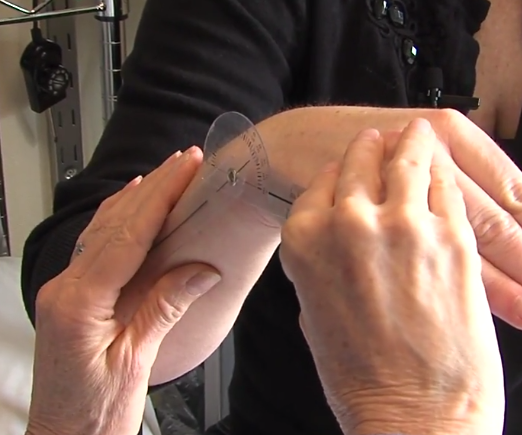Outcomes
Objective outcomes are measurable and tangible aspects of improved performance (AOTA, 2020, S27) that demonstrate the results of occupational therapy services.

Related ICE Videos
Radial Fracture, Part 3: Measuring Range of Motion
Search the ICE Video Library for the titles below, or for keywords such as: range of motion, strength, gait analysis.
Radial Fracture, Part 3: Measuring ROM
Total Knee Replacement, 7 days post: Measuring Joint Range of Motion
Radial Fracture, Part 5: Measuring Hand Strength
Assessment in Acute Care, Part 4. Sitting balance
Questions
Ask these questions when watching the related videos.
What other types of outcome measures can be collected?
What types of assessments are available for reporting outcome measures at initial evaluation and at discharge from occupational therapy services?
How should outcomes be documented in the client’s chart?

